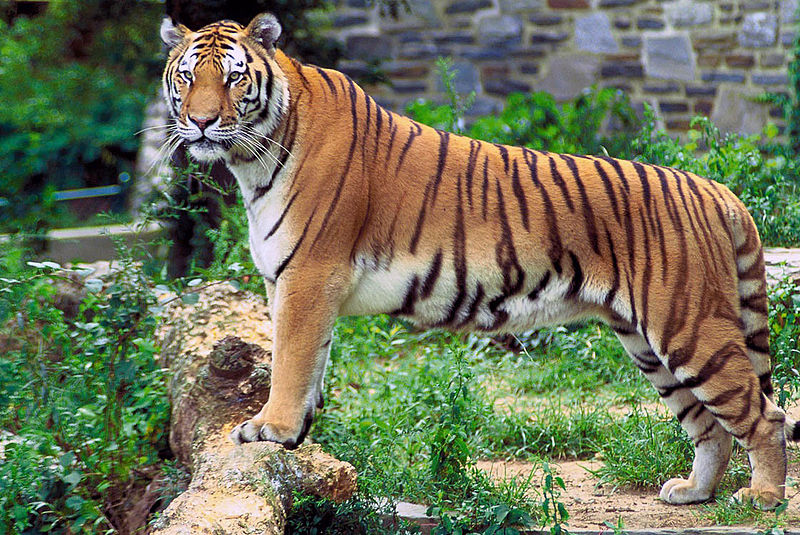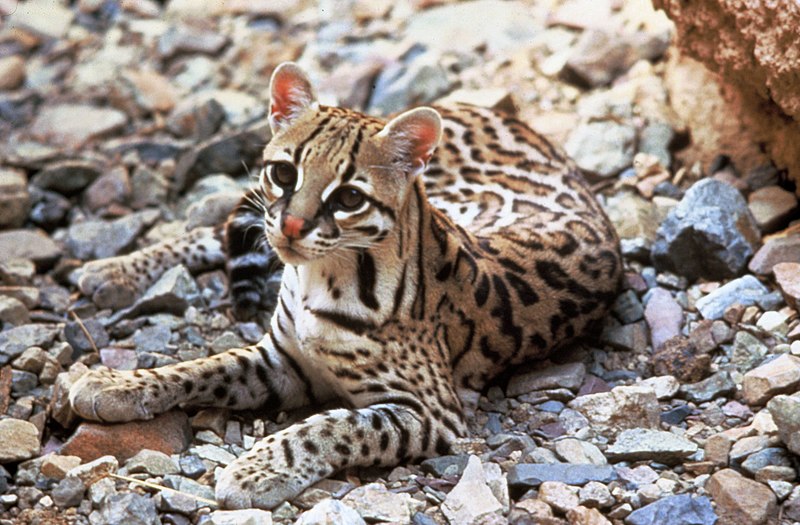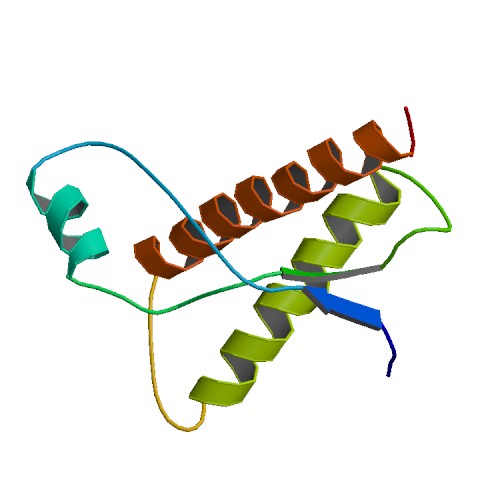Sorry for the delay, I was away for three weeks. It has become quite clear to me that most people don’t know a thing about animals – animals besides dogs and cats, that is. Just listen to what people tell their children at the zoo. Lies. A zebra isn’t a striped horse and that antelope is a gerenuk, NOT an impala. But let’s start with something simple. What’s the difference between a sheep and a goat? I’ll give you a hint, wool is only the tip of the barnyard iceberg.
I’ll start with the similarities. Both sheep and goats are ruminants (herbivores that have a rumen, the first compartment of their stomach, and regurgitate their food for re-chewing), have roughly the same body shape and size, and have been domesticated. They also both tend to have horns (although not all breeds are horned), creepy looking pupils, and voices that sound like baaahhh or muuuugh or aaaahhhgh depending on their mood. But, did you know that not all sheep breeds have wool? I bet that just blew your mind! Also, some breeds of goats were developed for fiber production. Woah! It’s true. The so-called “hair sheep” breeds don’t have wool and are bred for meat or even milk production (although wool breeds are also bred for these reasons). “Hair” breeds such as the katahdin and Barbados blackbelly are often easier to raise because they don’t require shearing, which often costs more than the price of wool. These sheep are often mistaken for goats. On the goat-y side of the equation, breeds such as the angora and pygora are bred for their fiber production. They are covered with curly white hair (called mohair) which makes them appear very sheepish (forgive me for that pun). Confused yet? Of course not.
Hair Sheep Angora Goat

The Differences:
1. Horns – There are subtle yet important differences between the horns of sheep and those of goats (when they are a horned breed, of course). Sheep have the classic “rams horns” – tightly curling horns that tend to wrap around in a Princess Leia fashion. Goat horns tend to curve more slightly and arch back, rather than to the sides. Some goat horns are somewhat spiraled, almost like those of an antelope.

2. Tails – Goats have naturally short tails, sheep have longer tails. The reason they both look similar, however, is that most sheep have their tails docked at a young age.
3. Beards – Some goats have beards, sheep do not.
4. Glands – Male goats have scent glands under their tails. This is one of the main reasons male goats smell so awful. Rams (male sheep) are less odorous and have glands near their eyes (as do many antelope) and sometimes on their feet.
5. Behavior – Behaviorally speaking, sheep and goats are as different as cats and dogs…according to me anyway. Goats are more outgoing and hilarious than sheep. Goats are more independent than sheep, while sheep have a strong flocking instinct. While feeding, goats are browsers while sheep are grazers. Goats eat vines, shrubs, twigs, and leaves while sheep stick to grass. While fighting, rams will charge at each other head first, while bucks (male goats) will rear and then butt heads.
And now we know the differences between sheep and goats. Hooray!

























